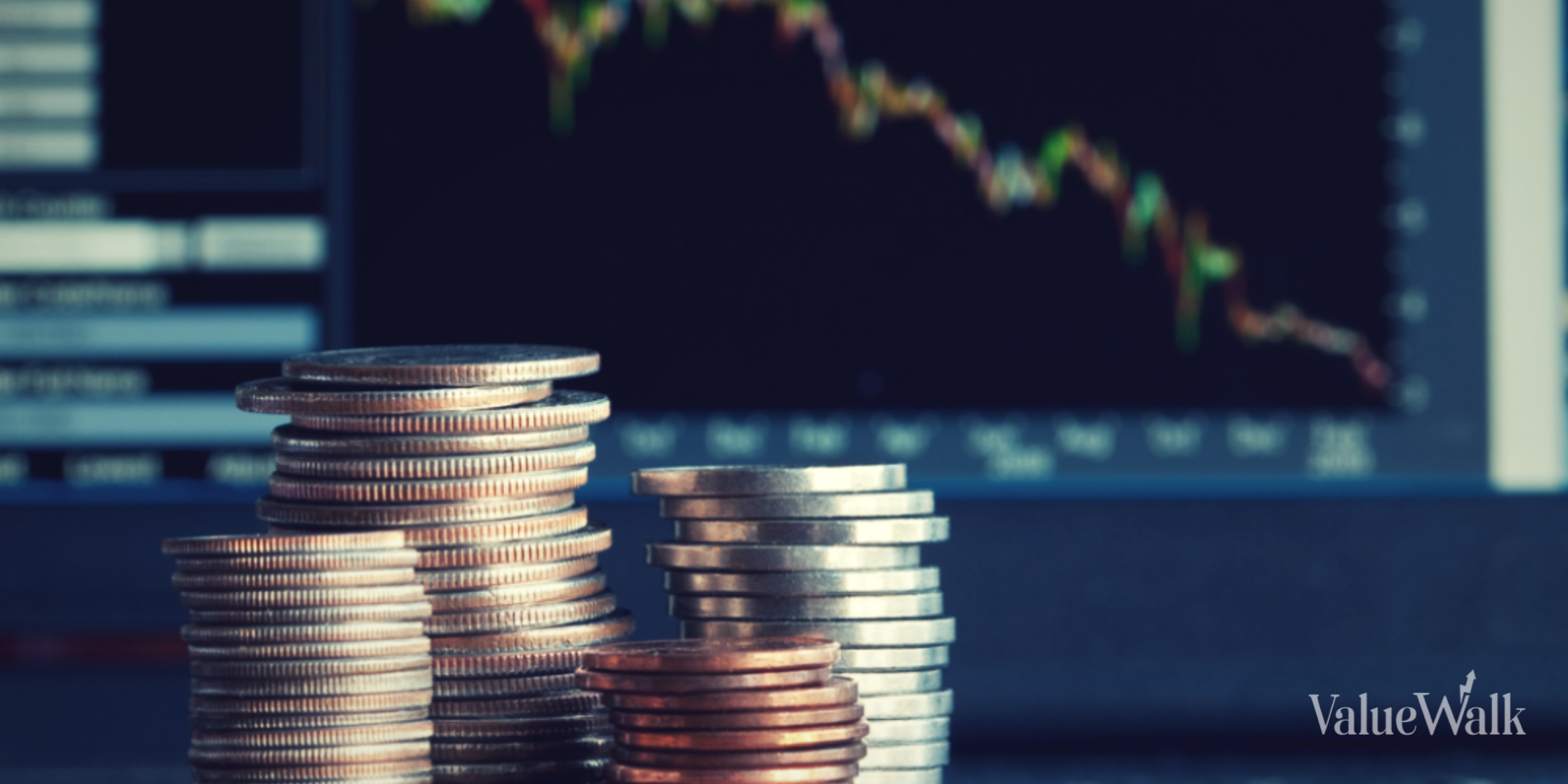High Frequency Trading: Review Of The Literature And Regulatory Initiatives Around The World
State University of New York at Buffalo – School of Management
SUNY at Buffalo – School of Management
December 1, 2015
Asia-Pacific Journal of Financial Studies, Forthcoming
Abstract:
This paper provides a review of the literature on high frequency trading and discusses various initiatives taken by regulatory authorities around the world to address its potential detrimental effects on market quality and investor welfare. Empirical evidence to date generally suggests that high frequency trading has improved market quality during normal times. What is not clear is the role of high-frequency traders during episodic periods of market crash and extreme volatility. A fruitful area of future research may be a comparative analysis of the role of high-frequency traders and the efficacy of various regulatory initiatives across periods of varying market conditions.
High Frequency Trading: Review Of The Literature And Regulatory Initiatives Around The World – Introduction
High frequency trading (HFT) is one of the most significant developments in the securities markets around the world in recent years. HFT is a program trading platform that uses powerful computers to transact a large number of orders at very fast speeds. HFT uses complex algorithms to analyze multiple markets and execute orders based on market conditions. High-frequency traders include proprietary trading firms, proprietary trading desks of a multi-service broker-dealer, and hedge funds.
With the widespread use of electronic trading, automatically generated quotes (autoquotes), and colocation services, traders now can respond to new information at a rate that has never been possible. The Staff of the U.S. Securities and Exchange Commission (SEC, 2010) notes that “the speed of trading has increased to the point that the fastest traders now measure their latencies in microseconds” (p. 41). Hasbrouck and Saar (2013) report that the fastest traders in their study sample react to new market events within two to three milliseconds. Given that the speed advantage can translate into profitable trading opportunities, high frequency trading, equipped with state-of-the-art technologies to submit and cancel orders instantaneously, is rapidly gaining attention and popularity. A survey by the Authority for the Financial Markets (AFM, 2010) indicates that HFT accounted for about 20% to 40% of trading volumes in different European trading venues, and that the HFT shares are likely to continue to escalate. Gomber et al. (2011) suggest that estimated market shares of HFT in the United States range from 40% to 70%.
Researchers have found that HFT is profitable. For instance, Menkveld (2013) shows that high-frequency traders in Dutch stocks earn a gross profit of 9,542 euros per day after deducting exchange and clearing fees, enjoying an annualized Sharpe ratio of up to 23.43. Similarly, Brogaard, Hendershott, and Riordan (2014a) find that high-frequency traders in large cap NASDAQ stocks earn a daily average profit of $5,642. The profit increases to $6,651 after trading fees and rebates are considered, since high-frequency traders that supply liquidity receive a sizeable amount of rebates.
Given the prevalence of HFT, researchers and market regulators have analyzed the impact of high frequency trading on market quality. When equity and equity futures prices rapidly oscillated during the Flash Crash in 2010, a great deal of media blamed high-frequency traders as a cause of the extreme volatility. However, a thorough investigation following the crash revealed that, while HFT may have exacerbated the market condition during the event, it did not trigger the crash. In fact, many academic studies conclude that HFT generally improves market quality. However, it is unclear whether HFT improves market quality even when the market is experiencing tumultuously high volatility such as during the Flash Crash.
Regulators and trading venues have found it necessary to devise a plan to moderate potentially pernicious effects of high frequency trading. For example, financial transaction taxes have been proposed or implemented primarily to discourage traders from engaging in excessively speculative activities and to raise additional tax revenue, while order-to-trade taxes are being used to curb soaring number of messages submitted by high-frequency traders. However, academic studies have generally concluded that such regulations targeted at high frequency trading do not necessarily improve market quality. Nevertheless, there is a dearth of evidence concerning whether such regulations can prevent sudden market failures such as the Flash Crash.
The rest of the paper is organized as follows. The next section provides descriptions of HFT and lists HFT datasets that have been used in the literature. We then review the impact of HFT on market quality in Section 3. Section 4 reviews regulatory and microstructure changes targeted at high frequency trading and their effects on market quality. We provide concluding remarks in Section 5.
See full PDF below.






